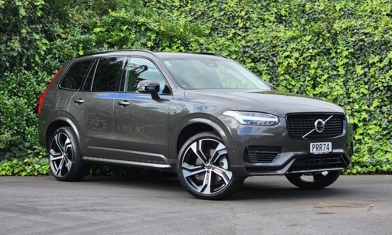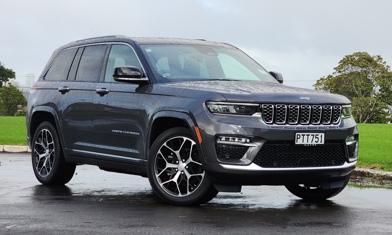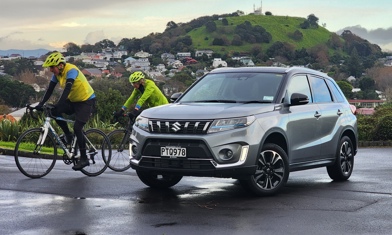Volvo has a new king of the range, the EX90. Unveiled in California last week, the Volvo EX90 is a premium seven-seat EV that represents the Swedish brand’s latest and greatest - and most importantly, the EX90 (think E for electric) supplements the existing internal combustion equivalent model, the XC90, rather than replacing it.
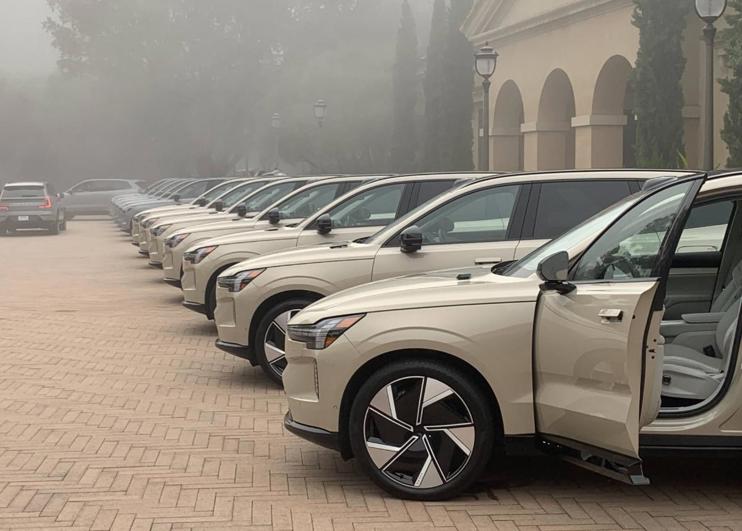
As Volvo joins the growing ranks of brands repealing their EV-only commitment by 2030, the EX90 joins a small but elite group of SUVs, catering to both the seven-seat and pure EV market.
An all-new car with no common parts shared with XC90, apart from a revised SPA platform, the new EX90 EV will join the Kia EV9 and the Mercedes-Benz EQB and EQS to cater to the niche NZ market, when customer cars arrive in the second-half of 2025.
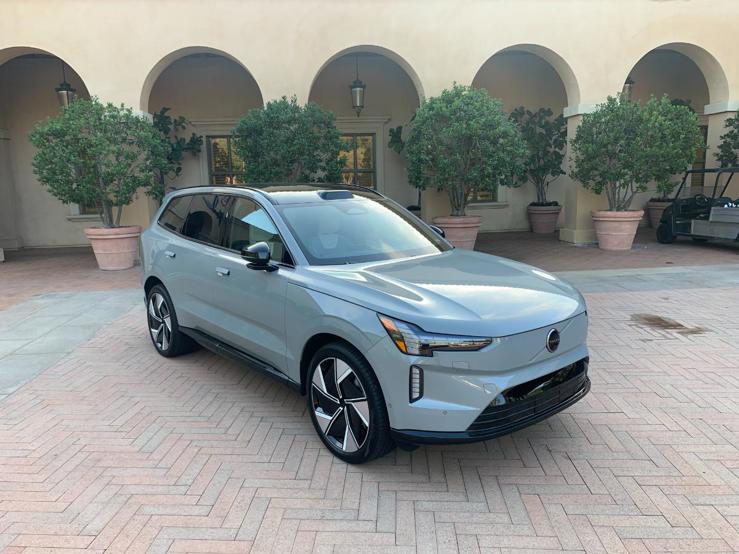
We’ve been lucky enough to drive it, on a special invitation of the world’s media, to Newport Beach, California, one of the key regions for the Swedish car.
As the new fully electric flagship SUV, the EX90 will join the just-facelifted Volvo XC90 (PHEV) as the king and queen of the Volvo range, catering to both the EV and ICE buyer.
The EX90 will also join its smaller EX30 EV, and the XC40 and C40 Recharge models as Volvo’s pure EV cars.
Though we’re a way off final pricing for NZ, the EX90 will likely carry a slightly higher price premium than the current $155k for the XC90 Recharge.
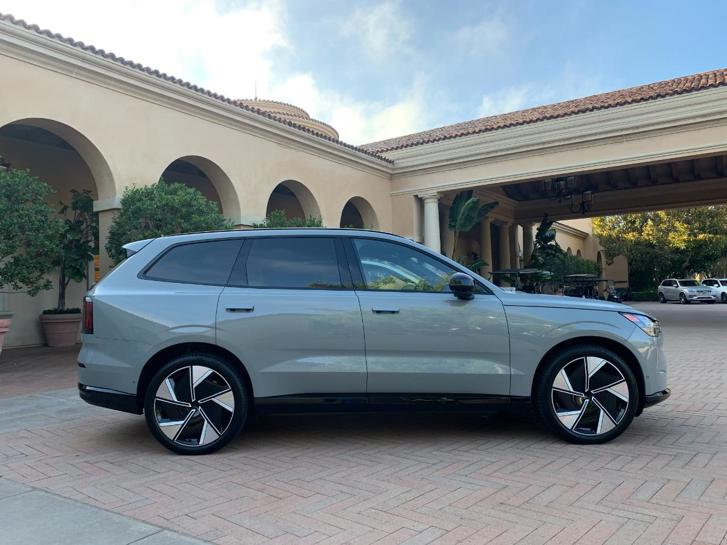
For that, though, is an all-new model with the latest advanced technology for safety and convenience, a smooth and bold look with its Thor hammer headlights that flip open, yacht-inspired lines and styling, and a new cabin with more space and more sustainable materials and touch-points.
Underneath it all is a huge 111kWh battery (107kWh useable) with 400V architecture, larger than the Kia EV9’s 99kWh battery and just shy of the 120kWh in the $196k Mercedes EQS.
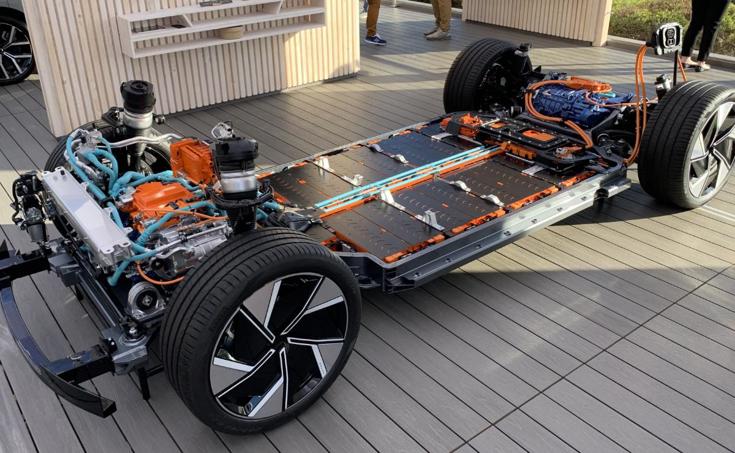
As a result, the EX90’s range is rather large; getting 600km from any large SUV is a strong number, so there is minimal range anxiety with the quoted WLTP range between 570-614km.
Recharging a big battery becomes a bigger concern, and the EX90 will accept up to 250kW on DC fast charging, meaning a typical 10-80% charge around 35 minutes (at a typical, actual 150kW).

It balances range and speed, too, with a large amount of power and performance. Underneath are dual motors, front and rear, with a slight bias towards the rear for a bit more sporting balance: 180kW at the front, 200kW at the rear leaving a natural but slight rear bias. In full attack Performance mode, the 0-100km/h claim is 4.9 seconds, but it delivers that power in a very refined way, making it a little more civilised than the all-out, nothing-then-everything ultimate performance EVs.

The EX90 Twin Motor Performance also serves up a mountain of 910Nm, which masks a lot of its kerb weight of 2700kg in everyday driving. It’ll even tow up to 2.2 tonne.
Those are the headlines, however, because for the most part, the Volvo is a relatively placid, front-wheel drive commuter, that readily handles the title of premium SUV.
It’s large at 5.04m long, an index finger longer than the 4.95m XC90, while being 1cm shorter than a Kia EV9 and 21cm shorter than an EQS. Still, with great size comes great accommodation, and the front seating area is lush and plush, with an airy feeling of open space and light colours – like a living room, says Volvo - enabled by flowing lines, large and concave surfaces. Two woodgrain dash finishes to the dash are also backlit, which adds to the air of elegance.

With a range of interior colours, the hero is the cloth blend, with a mix of 30% wool and 70% polyester with electric seat adjustability and even a massage function with variable speed, intensity and duration.

Accessing the EX90 is by either the card key - which is the more difficult way, as it requires the card to be tapped to the door handle and then centre console for start-up. The connected smartphone app is a much easier way, offering walk-up and walk-away automatic unlocking/locking and starting. And the wireless charging pad is up high and a perfect spot to place it, while also being visible enough to not forget.

Inside it’s simple rather than simplistic, minimal but functional. The driver is greeted by a Volvo-familiar chunky wheel, with icons for various controls and displays: Pilot Assist (cruise) controls on the left, media controls on the right, using semi-haptic buttons whereby a light touch raises a menu, and a harder presses activates it. The cruise control master is activated by down-tapping the column gearshift lever while driving.
Behind is a clean centre display with a “glance view” that offers just the driving essentials, such as speed, range, battery percentage and nav instructions.

On the 14.5-inch vertical centre display is an updated and improved user interface touchscreen, that anchors the most-used controls across the bottom with a fixed system bar on the bottom third: fan and temperature controls are always there, plus there’s the hazard switch, home and smartphone/apps/media icons, and a car icon to enter the deeper settings menu. It’s also active-logical; when stationary there’s a glovebox-open button, but above 20km/h it changes to one-pedal mode on/off button.

It does rely rather heavily on that touchscreen though, and the minimising does mean the touchscreen is used for moving the steering wheel and mirrors, glovebox, boot and seat heating, cooling and massaging.
It’s a substantially improved system and of offers all the Google integration with voice control that the Volvo system has become famous for.

A semi-subtle but neat design centrepiece is the large volume dial on the centre console, with a large play-pause icon surrounded by 3D-printed hexagonal shapes. A small and totally superfluous touch, it’s very much appreciated and loved.
Underneath it all is a lower level of storage for larger items, a strap to secure smaller items such as phones, given the nearby location of two USB-C ports.

Into the second row of seating, it’s similarly accommodating, with the premium fit and finish continuing across the seats and doors, enticing you to touch and feel the different materials. Map lights and hooks each side, plus seat-heating, dual zone climate control and USB-C ports, there’s also Volvo’s rising centre child-seat, or an actual folding armrest with cupholders.

The third row is practical but on the snug side. Whole the floor sits low thanks to the EV architecture, leg room can be on the tight side, though with sliding second row seats and electric third row operation, there’s a solid, practical side for passengers #6 and #7 in the EX90.

Above it all is a large panoramic glass roof that adds to the open-air feel and amount of light coming into the EX90, while shielding heat – though there is an optional cover for extreme conditions.

The boot offers at least 384-litres of space thanks to its deep floor and under-cover pockets, and up to 1029 litres with all seats folded, while up front is an 80-litre frunk. There’s also the ability to lower/rise the rear for easier loading, via a button.

Encapsulating the interior is a rather incredible sound system, by Bowers & Wilkins. With representatives on-hand for the launch to showcase the ultra-high-end audio system, the EX90 has 25 speakers, including in the headrests, and the system is borne from a partnership with the Abbey Road studio (yes, the same Beatles one), to offer the ultimate in sound reproduction that assimilates the actual English sound studio. It’s so refined, Volvo and B&W included a Dolby test track to demonstrate the clarity and quality of the system.
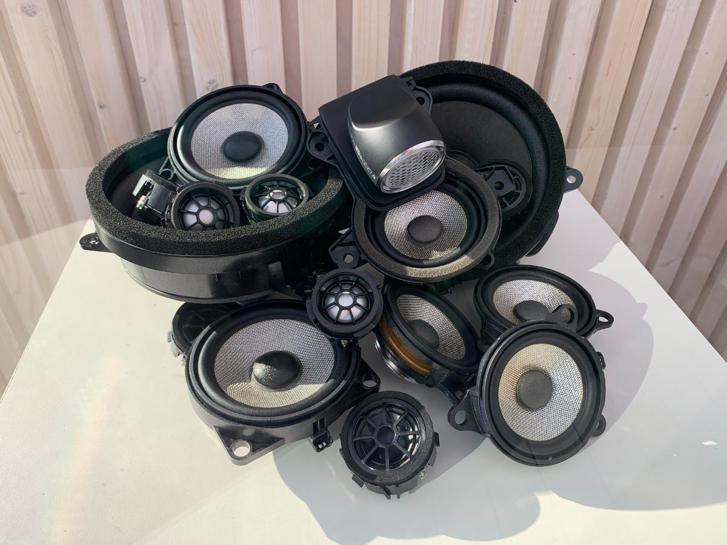
It all works together with the sound insulation of the EX90, and on the road, there’s a distinct isolation and resulting quiet cabin, despite the large 22-inch tyres.
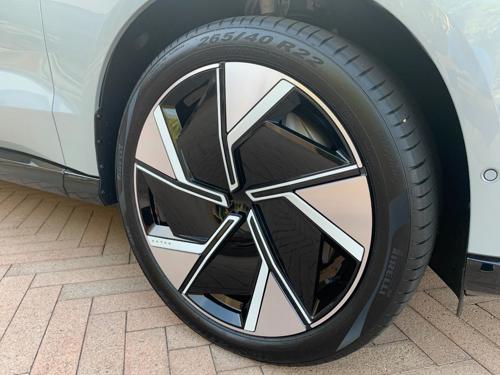
A dual chamber semi-active air suspension set-up does a sterling job at balancing ride and comfort, minimising pitch, roll and yaw, with the system even noticeably working when pulling up to a stop, raising the front to eliminate dipping and minimise any of that minor whiplash effect when negotiating LA’s famous four-way stop signs.

It works wonders at speed, minimising bodyroll, and countering the effect of its size and heft. The EX90 is clearly a big, heavy car on the move, but when conditions allow, the press of the Performance button actives all-wheel drive, and tightens the suspension and steering for maximum grip and dynamics. Frankly, though, the levels are so high that the differences in modes will only be felt by those really pushing hard - and up to six passengers might not entirely enjoy that.

There are no sound generators, it’s pure electric whizzery and relative quietness as the twin motors come to life, hurling the Volvo out of corners with remarkable ease. Also notable by their absence are the many unnecessary warning beep and bongs present in some cars: they’re there, just doing their job and keeping quiet when and while they should; good job, Volvo.
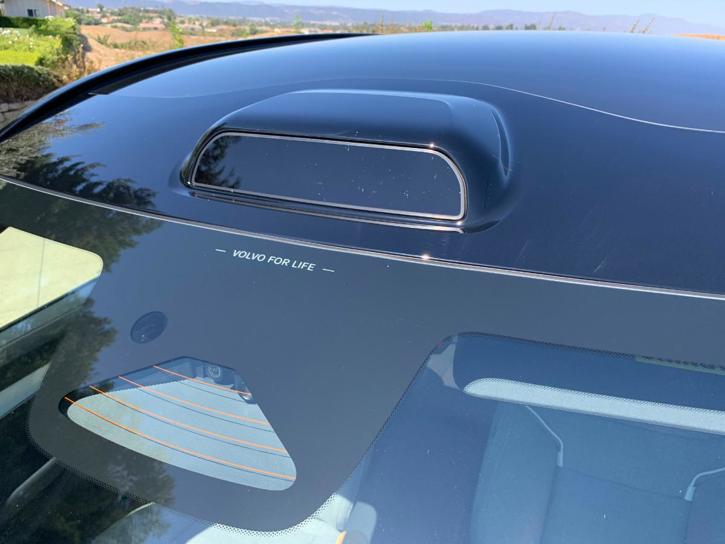
And it’s all done rather safely too, a Volvo hallmark, with a Luminar lidar radar mounted atop the roof like a rally vent, up high to read the path ahead 100s of metres, combining with the cameras mounted around the car, digitally visualising everything from cars to roads and pedestrians, potential hazards and signs.
The EX90 is a little like the now-obsolete Tesla Model X, just done better.

Safe, fast, modern, comfortable, luxurious, environmentally conscious, and without detriment to the internal combustion equivalent, the seven-seat EV SUV EX90 is a fitting addition to the top of the Volvo tree.
BREAK IT DOWN
2025 Volvo EX90 Twin Motor Performance
MOTOR: Twin electric motors, 180kW (f), 200kW (r)
BATTERY: 111kWh, max charge rate 29kW (AC), 250kW (DC)
POWER: 380kW/910Nm
RANGE: 570km (WLTP), 515km (tested)
0-100KM/H: 4.9secs
PRICE: TBA 2025, circa $160,000





































